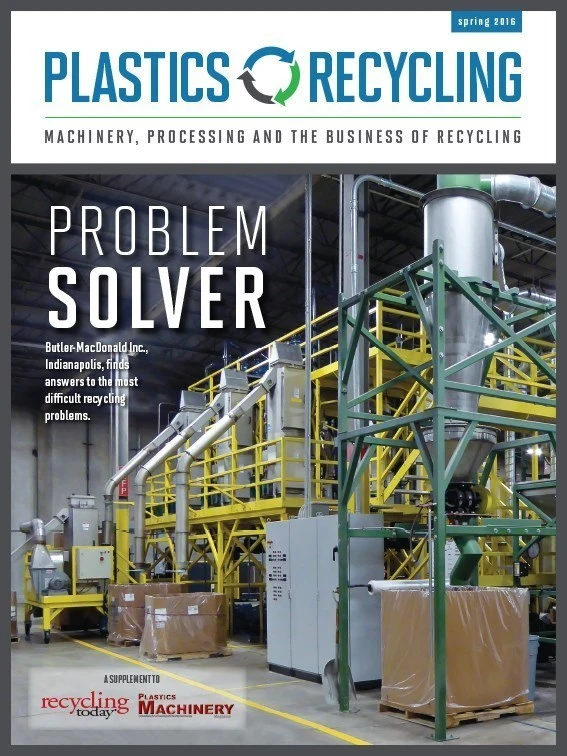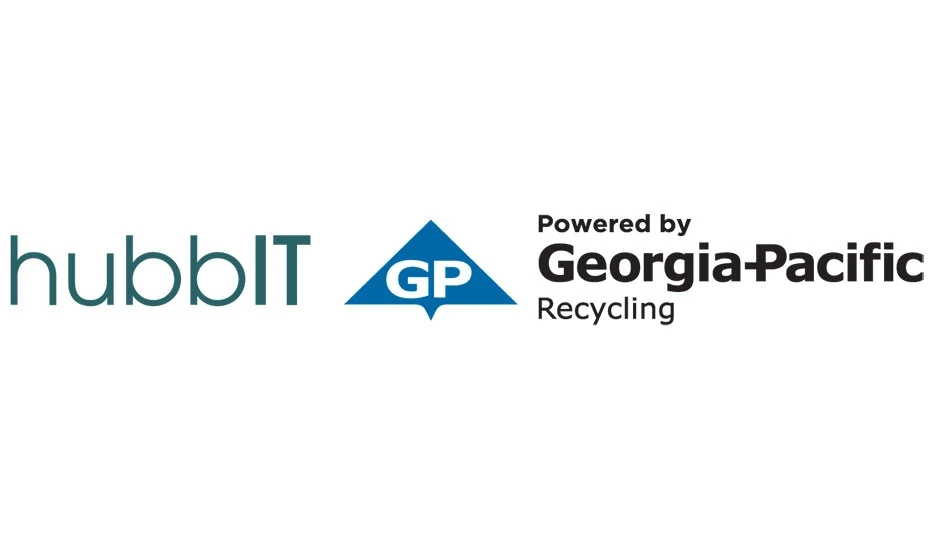
SPI’s Plastics Market Watch series highlights the growing reliance on and benefits of using plastic materials in multiple end markets. So far SPI has published reports on the use of plastics in the health care and medical devices; building and construction; packaging; and automotive sectors. Additional reports in 2016 will include “Automotive Recycling,” which is set to be released at April’s Re|focus Recycling Summit & Expo; but, until then, it’s important to note that all four previous Plastics Market Watch reports have touched on the value of recycled materials in these various end markets and the ways that different industries are innovating to increase recyclability overall. Following are some of the recycling and sustainability-centric highlights from each report.
Health care and Medical Devices
Purveyors of medical devices are increasingly working to make their designs more sustainable and easier for hospitals to recover and recycle. One of the best examples of this is the BD Insyte “autoguard” IV catheter, a product highlighted in the Healthcare & Medical Devices Plastics Market Watch report.
The Insyte is an IV catheter designed to reduce health care workers’ risk of accidental needle-stick injuries and resultant exposure to blood-borne pathogens. Designing a medical item with that task in mind is a worthy goal on its own, but BD, an SPI member and global medical technology company, aims to make all of its products “sustainable from a business, environmental and societal perspective,” says Theresa Hermel-Davidock, WW (worldwide) director, R&D, for BD Medical.
Some of the changes BD made to the design to improve its environmental impact included replacing the polycarbonate (PC) barrel of the product with polypropylene (PP) to increase recyclability (PP is preferable in many hospital environmental sustainability programs.), among other changes to make the product more environmentally friendly without jeopardizing its quality.
This is just one example where professionals in a highly technical, regulated field are finding ways to make their plastic products more sustainable and to increase their recyclability. The forecast for plastics in the health care and medical devices field continues to be bright. This won’t be the last we hear of sustainable innovation in the field.
Building and Construction
Plastics and plastic derivatives are finding a steadily increasing number of uses that make houses, businesses and factories more airtight, durable, water resistant and less expensive to construct, maintain and operate. Examples of plastic utility in construction include composite “lumber” planks and rails, which use recycled plastics or plastic-wood composites and are carefully engineered to virtually eliminate warpage and knots. They can outlast traditional materials, often require less maintenance and are resistant to peeling, cracking, splintering or fading. They are also eco-friendly in that much of the lumber is made from recycled materials and/or can be recycled.
The forecast for plastics in the health care and medical devices field continues to be bright. This won’t be the last we hear of sustainable innovation in the field.
Plastics are sustainable in construction in many other respects, including their long life span and durability, whether recycled or not. According to the Plastics Market Watch report, “materials efficiency [in construction] equals molecule efficiency, and durability is a virtue in terms of sustainability. So a durable, recyclable bundle of molecules, bound up in a product made of plastic may in fact be a better environmental choice than a product that ends up in the solid waste stream.” Plastics’ recyclability also means that the materials can be reused, reducing the building and construction sector’s reliance on raw materials and reducing the overall amount of energy needed to build new structures.
This viability isn’t limited to structures, the report notes. “Given the scale of use, simplicity and proven utility of recycled plastic materials, it is not difficult to see how someone might attempt to incorporate them into roads.”
Packaging
Plastics play a key role in protecting products during shipping, and the use of recycled plastics continues to grow.
For example, Proctor & Gamble pledged recently to use more recycled plastic in more fabric care product packaging—in some cases going from zero to 50 percent—in a move that is expected to impact an estimated 230 million high-density polyethylene (HDPE) and (polyethylene terephthalate) PET bottles annually starting this year.
Demographics are expected to contribute to steady demand for these shifts in packaging material as millennials take more interest in the sustainability bona fides of packaging. “Three out of 4 millennials would choose soup from a carton instead of a can. Healthy and eco-friendly products are dominating purchases in this market, but millennials also look for transparent information about a product’s sustainability credentials, with claims supported by third parties,” the report notes.
This, of course, also ties in with increasing plastics recycling rates and educating the public about the energy-saving, green aspects of plastics and the recycling process. Referring to a Franklin Associates report on the impact of plastics packaging on life cycle energy consumption and greenhouse gas emissions, Plastics Market Watch reports that “if other types of packaging were used to substitute for U.S. plastic packaging … more than 64 million metric tons of packaging would be required. The substitute packaging would require 80 percent more cumulative energy demand and result in 130 percent more global warming impacts, expressed as CO2 equivalents, compared to the equivalent plastic packaging.”
Automotive
A substantial amount of the plastic used in new cars is recycled material, ranging from recycled polyurethane (PU) foam plastic used in seat cushions; plastic caps and bottles to make radiator shrouds and air deflectors; and plastics recycled from bumpers to create new bumpers. While automotive plastics recycling is in its infancy, each year nearly all of the 27 million cars around the world that reach the end of their useful lives are recovered for recycling. There is such a variety of current initiatives and potential opportunities in this area, SPI will publish a standalone report looking at recycling and bioplastics use in the automotive sector in April.

Explore the April 2016 Plastics Recycling Magazine Issue
Check out more from this issue and find your next story to read.
Latest from Recycling Today
- ReMA opposes European efforts seeking export restrictions for recyclables
- Fresh Perspective: Raj Bagaria
- Saica announces plans for second US site
- Update: Novelis produces first aluminum coil made fully from recycled end-of-life automotive scrap
- Aimplas doubles online course offerings
- Radius to be acquired by Toyota subsidiary
- Algoma EAF to start in April
- Erema sees strong demand for high-volume PET systems







